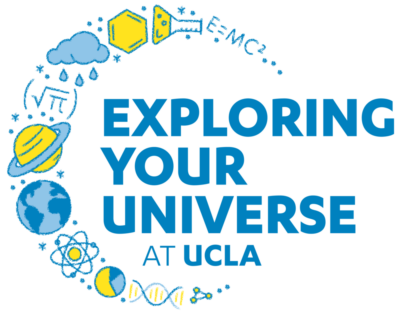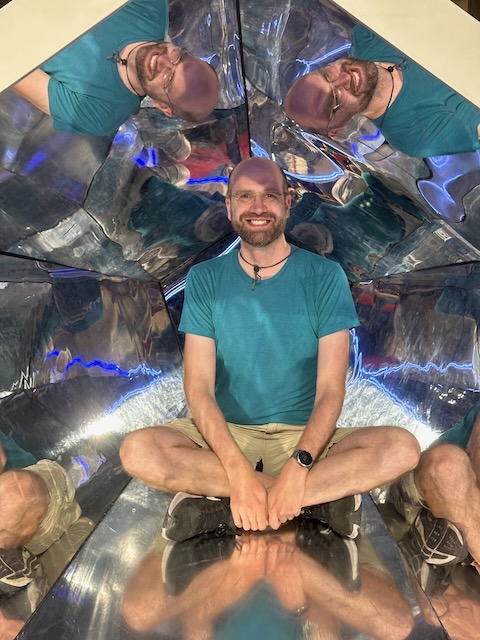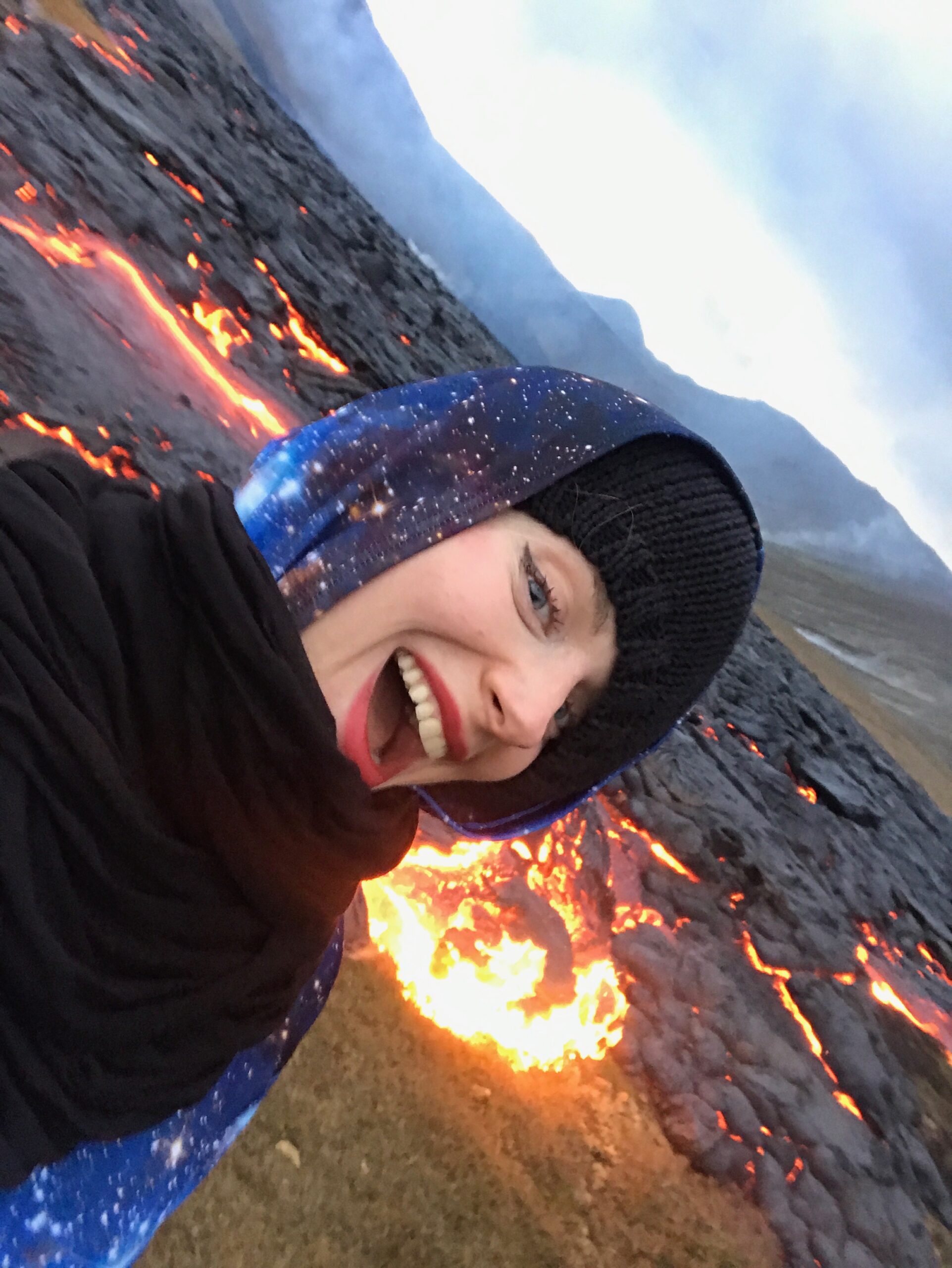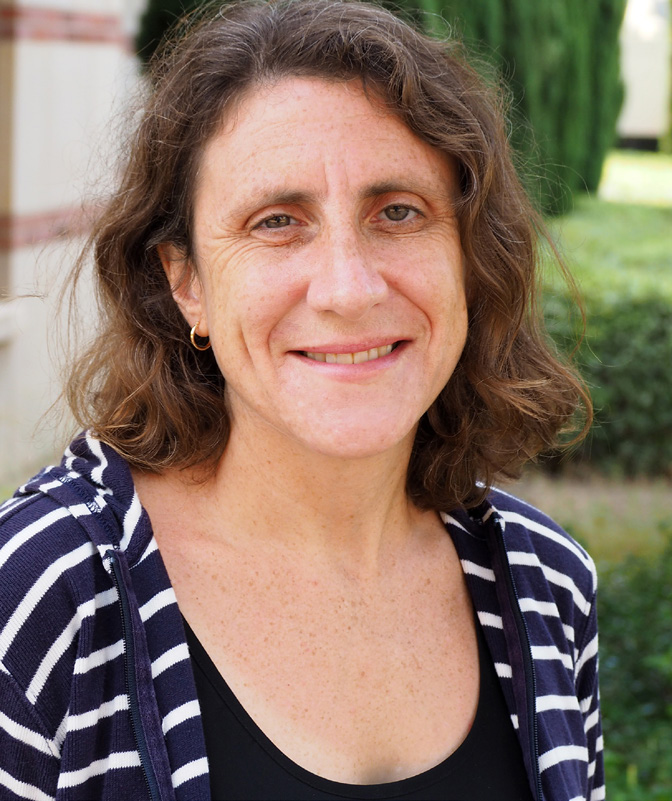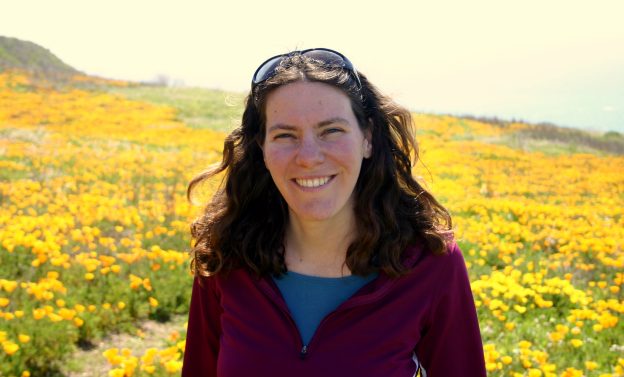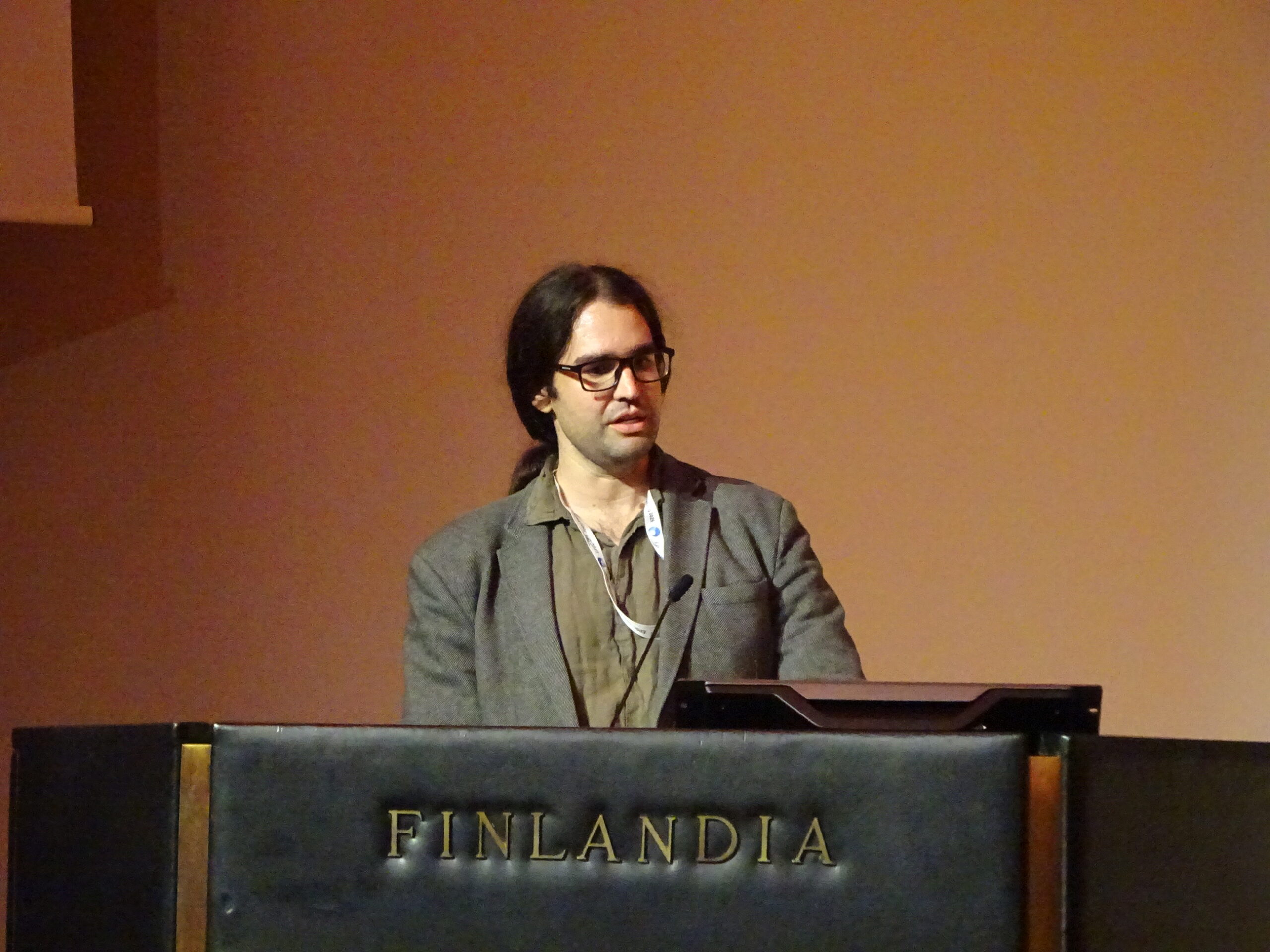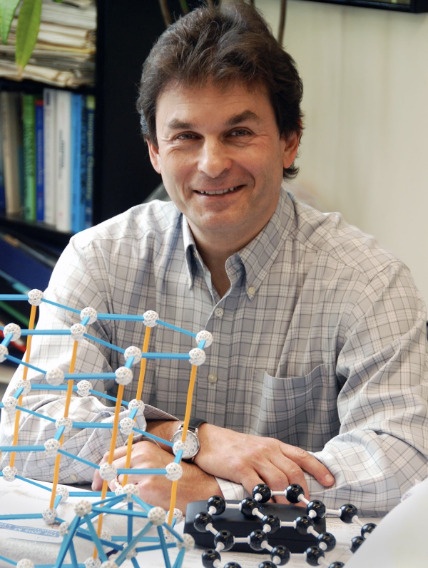Activities for K-12 and up
Come explore interactive science booths, talks, and a planetarium at UCLA! Also, an award ceremony for a special guest you won't want to miss. All activities are free of charge and materials are provided - just bring your open mind!
2025 Science Talks
15-min long presentations for all ages with time afterwards for questions. See the 2025 schedule below! EYU to the World: Talks held in CS50 will be live-streamed from 12 – 5pm! Click on 'Room B (CS50)' for the link!Science and Education Pioneer Award (LIVESTREAM)
Special kickoff to EYU at the beginning of the event by Dean Miguel García-Garibay of the division of Physical Sciences at UCLA including a presentation of the 2025 Science and Education Pioneer Award. Livestream at this link! 2025 Pioneer Award Recipient, Professor Terence Tao. We are proud to honor Professor Terence Tao of the UCLA Mathematics Department […]
Using math to understand the hidden lives of fungi
Fungi surround us, but somehow also live dark, hidden lives. Succeeding as organisms requires overcoming challenges to grow and disperse. By understanding the ingenuity of fungal solutions to these challenges, we learn about their mysterious world, as well as how to help prevent the harms that fungi can cause in ours. The other goal of […]
Stand up for Science with EYU
The ongoing federal funding cuts to scientific research impact us all. The research done at UCLA leads to a host of technologies that advance society, grow the economy, and improve lives. Our Dean will share some of the measurable impacts UCLA has on the LA region, and three faculty will share short presentations about their […]
From City to Chile: How to Find the Universe!
Astronomers go to special places like Chile to find planets, comets and galaxies. Can you do this in a city? What’s happening in Chile? Come learn about the special ingredient that makes all this possible! Recommended grade levels for this talk: 9th-12th
Space Weather and Satellites
Space weather is the weather in space, where the Sun sends out energy that ultimately ‘rains’ onto Earth. It can make Earth’s skies glow with aurora, or northern lights. Satellites can observe how these space storms move around Earth. Let’s check out how the Sun and Earth are connected! Recommended grade levels for this talk: […]
Snowing here but sizzling there: How Earth makes weather and climate
Embark on an exciting journey around the world to discover why some places are snowy while others are sizzling hot. Explore how Earth’s tilt, spin, and sunlight work together to create seasons, climate zones, and weather patterns. Learn why different parts of the planet feel so different at the same time of year. By the […]
The Quest to Discover New Worlds: How We Take Pictures of Other Solar Systems
When we watch Star Wars or Star Trek, we see characters traveling between different solar systems, as if worlds that orbit around other stars are a given. But do the stars we see in the night sky really have their own planets, maybe even ones like Earth? Astronomers are on a quest to find that […]
Near-Earth Objects: Hunting Rocks in Space
For billions of years, Earth’s landscape has changed slowly. Continents move relative to each other, mountains are worn down by wind and rain—these geologic forces take millions of years! But sometimes, change happens in an instant. A large asteroid impact can reshape the land in seconds! That’s why Principal Investigator Amy Mainzer and her amazing […]
Are we alone? UCLA SETI is on a quest to find out
How can we find evidence of life elsewhere? Since 2016, UCLA SETI has been searching for signs of technology (technosignatures) in the galaxy with one of the largest radio telescopes on Earth. With UCLA undergraduate and graduate students, we have examined over 50,000 stars to date. Join us to find out why this search is […]
Seeing the Unseeable: How We Discover Black Holes
Black holes are invisible, yet we know they are out there—from the remains of dead stars to giants millions of times heavier than the Sun. But how can we study something that swallows even light? In this talk, we’ll explore the clever ways astronomers find black holes: by watching stars dance around them, listening to […]
Exploring distant worlds
From cotton-candy planets to water worlds and the search for life
We are Star Stuff: Searching for Oxygen All Over the Universe
On the tiniest scales, matter on Earth is made up of atoms. These atoms are so tiny, you can’t even see them with powerful microscopes. There are all different kinds of atoms: hydrogen, helium, carbon, oxygen, nitrogen, iron, nickel, silver, gold, and platinum, to name a few. And each kind of atom has different properties. […]
Organic Chemistry in the Movies
Despite its bad reputation, organic chemistry is awesome and is all round us. In this presentation, attendees will learn some of the basics of organic chemistry (yes, even kids can learn it!), while enjoying short clips from family-friendly movies. Recommended grade levels for this talk: 3rd-5th
Imaging the Invisible: From Black Holes to the Proton
Some things in the universe are too small or too far away to ever take a picture of with an ordinary camera. For example, we can’t take a photo of the inside of a proton, or the shadow of a black hole. But scientists have clever tricks: we use tiny clues from particles or light […]
Consider the ant and be wise - what can humans learn from ants?
Ants form incredibly successful social systems. Over millions of years they have evolved the ability to construct intricate nests, cultivate crops, build bridges and rafts, and herd other animals; just to name a few exciting collective behaviors that ants accomplish. Inspired by ant behavior, humans have developed new computer algorithms, building architectures, and robot swarms. […]
Molecular Compasses and Gyroscopes
Gyroscopes and compasses are simple tools that help us know which direction we’re going. A compass has a little needle that always points toward the Earth’s North Pole. A gyroscope has a spinning wheel that helps us stay steady and know if we are turning. Scientists at UCLA have found that some tiny molecules can […]
The Science in Ice Cream ft. Liquid Nitrogen
How does ice cream be scooped in a ball, yet turn creamy as soon as it hits your tongue? In this presentation, you will learn the surprising science of how ice cream maintains its unique properties. Recommended grade levels for this talk: 3rd-5th
Exotic Asteroids and Comets of the Solar System and Beyond
New technology in astronomy has resulted in the discovery of many new asteroids and comets in our solar system. Some are species of asteroids and comets that have never been seen before, such as interstellar comets from other stars, and minimoons, temporary tiny moons of the Earth. These asteroids and comets are telling us new […]
Fun with Plastics
Where do plastics come from? Which can be recycled? Can packing peanuts be recycled? How long are polymer chains? How many polymer chains are in a bowling ball? How are you supposed to open a ketchup package if it has no perforation marks? What is polyurethane foam used for and what is the largest polyurethane […]
Scrubbed In: The Science of Cleaning up a Mess!
Whether you’re cooking dinner or performing cutting edge research, messiness is inevitable. From coffee stains to motor oil to chemical spills, cleaning is about understanding what your mess is made of and using that knowledge to choose the right solution for your problem. We’ll be talking about some of the science behind the techniques, technologies, […]
